Childhood Anxiety: An Introduction
Somewhat astonishingly, we first published this entire series before the pandemic. In 2019 — again, before COVID — health professionals were already sounding the alarm about significantly rising rates of (under-diagnosed) childhood anxiety. At that time, anxiety affected some 27% of children.
In the wake of the pandemic, things are worse.
Much worse.
Historically, pediatric anxiety has not been a major medical topic of concern or study. The fields of pediatric psychiatry & psychology originated in the early 1900s amid growing concerns about juvenile delinquency, and for much of the 20th century they were focused on other kinds of ambiguous afflictions like “psychosis,” “mental deficiency,” or “maladjustment,” before honing in on more specific (and exotic) diagnostic labels, such as schizophrenia.
Not to mention, our society has been more likely to respond to “problematic” children with physical discipline than with understanding. Traditionally in the US, “difficult” children simply needed to learn their place and be “kept in line.” Not offered counsel. Thank goodness this is changing.
By the 1980s, these fields turned their attention to emergent conditions like attention-deficit/hyperactivity disorder (ADHD), obsessive compulsive disorder (OCD), and depression. But anxiety in children was still on the fray – “it was thought to be innocuous, even cute” in children, explains psychiatrist Rob Haskell – until very recently.
Anxiety is, in many ways, a subjective and problematic diagnosis. In part, it’s because anxiety itself is not a “problem” – in fact, anxiety is a universal human experience. From an evolutionary perspective, anxiety is helpful and healthy; in other words, it serves an important purpose (fight/flight in response to a threat).
But anxiety that becomes blown out of proportion, worsens over time, and/or exerts truly negative effects on our daily lives is considered disordered (aka “pathological”) anxiety.
Any of this^ sound familiar???
Anxiety was difficult enough to understand and manage before COVID (for both children and adults) — but when we reflect on all that has transpired and changed over the past couple of years… it’s a minefield.
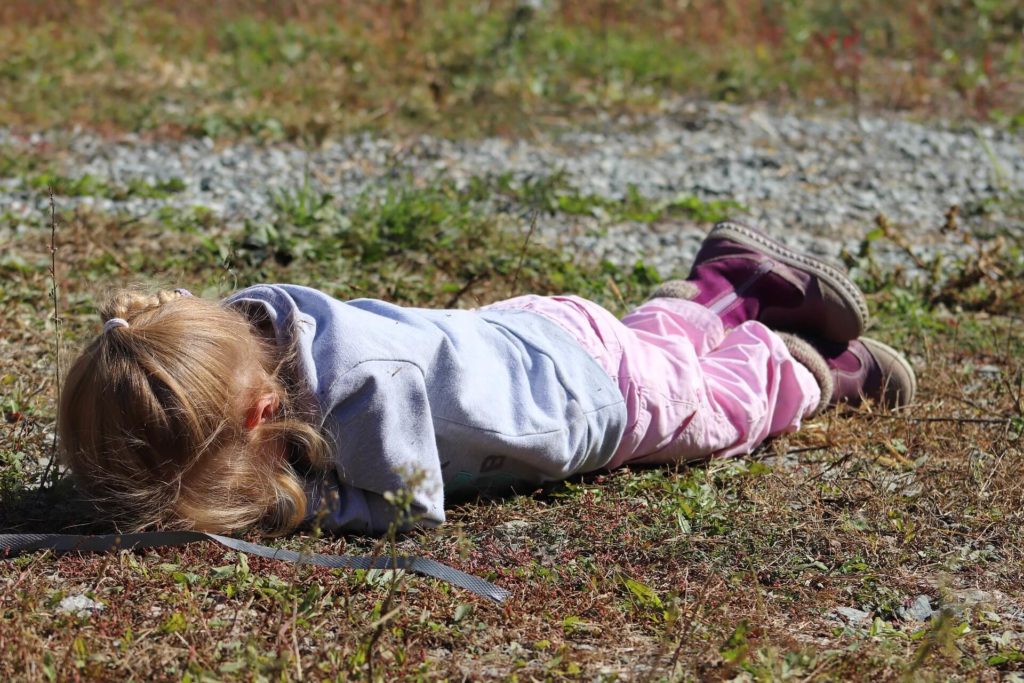
How are we supposed to differentiate between “normal” struggles and “real” problems? How can we tell when a toddler or preschooler’s harmless (if frustrating) reticence around dogs, or germs, or crowded spaces, for example, becomes clinically pathological into childhood?
The truth is, even excluding the pandemic, there are all kinds of “big-picture” reasons why anxiety among children is rising (these stem from our own collective experiences, as well as research findings from some really smart people who’ve dedicated their careers to thinking about these issues):
- Our modern culture of parenting, which is (speaking in stereotypes) more restrictive, paranoid, and overbearing than in previous generations and also tends to shortchange children’s free, unmanaged play time (and impose constant adult micromanagement);
- Trying to keep up with the Joneses — children and teens (especially those in privileged, middle- and upper-class families) are internalizing the anxieties they perceive about their performance in school, their extracurriculars and status among their peers, and even competition for college;
- The never-ending news cycle and immediacy of (too much) information — which contribute to an “environment that anticipates catastrophe.” Instead of feeling safe and secure in their world, our children are learning to expect the worst, ranging from tragedies such as shootings and natural disasters, to social inconveniences such as cancellations, to broad-scale uncertainty;
- The widespread proliferation of screen use among young (and all, actually) people;
- Our own anxieties — so many of us parents are dealing with anxiety in our own lives and guess what?… our kids pick up on that *right quick (read here about how to prevent that — you can!).
Although anxiety itself isn’t new — indeed, its origins are ancient and biological — it’s hard not to think that our children are facing novel threats, in some ways, to their mental health and wellbeing. On so many different fronts, ranging from the aftershock of the pandemic to school safety to internalizing others’ anxieties, our children are facing obstacles and experiencing the varied stresses and pressures of modern life.
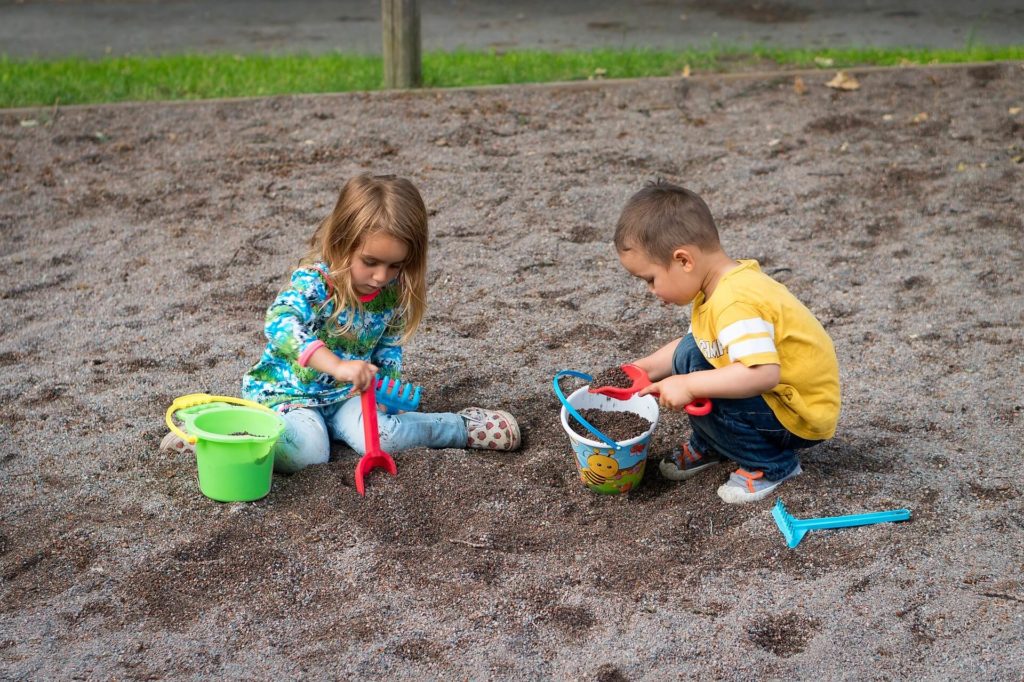
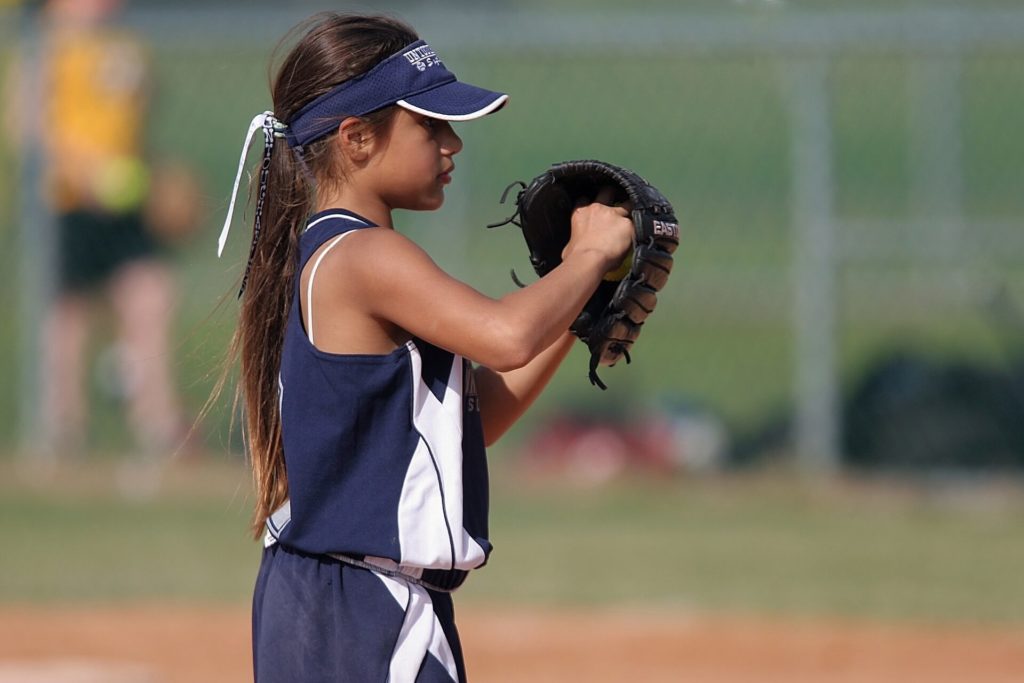
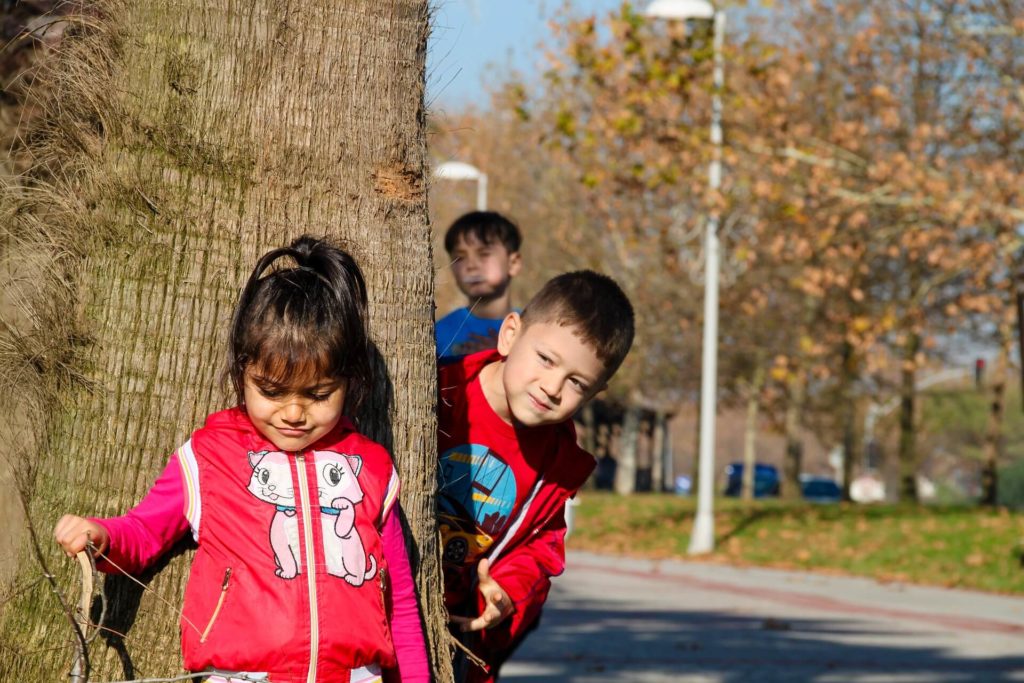
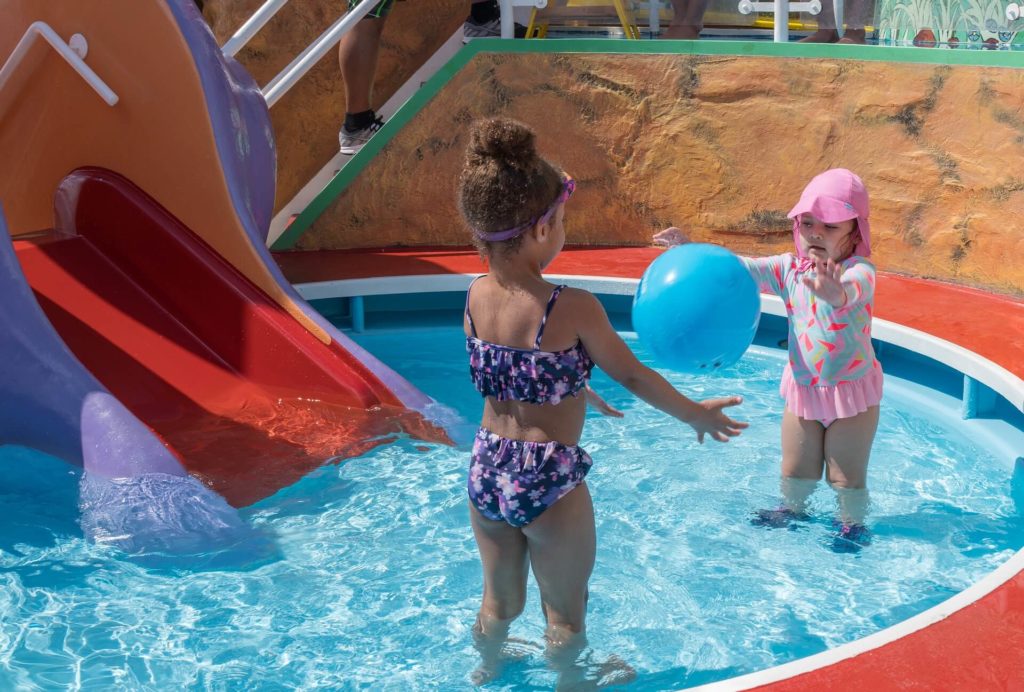
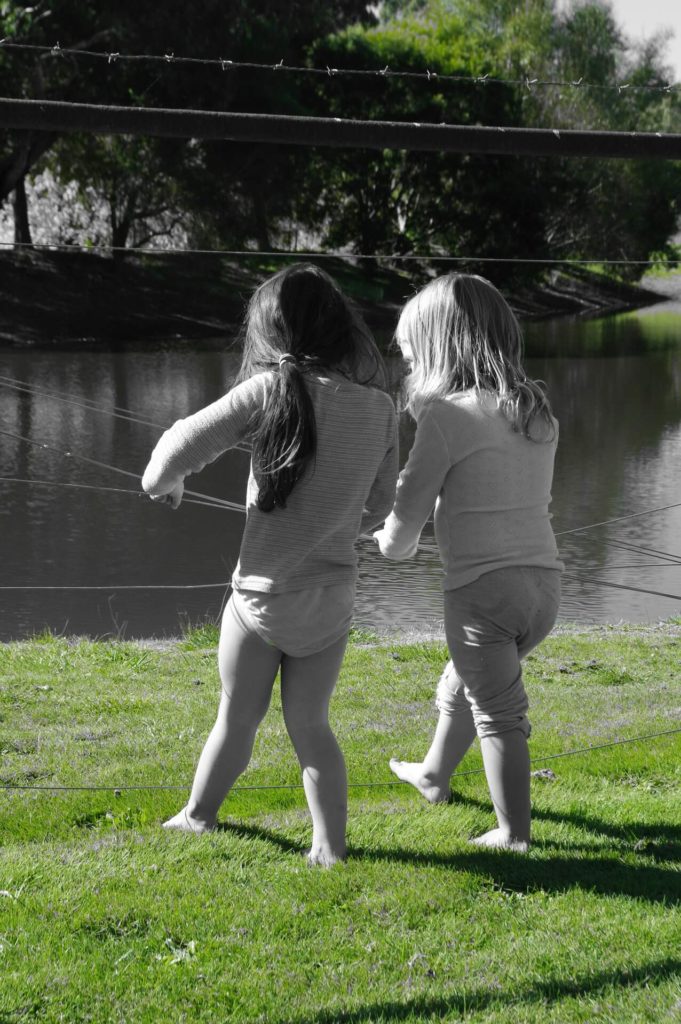
But anxiety is not inevitable — there are active steps we as a society and individuals can take to mitigate and manage it. If our children are suffering from a stark decrease in opportunities to experience autonomy, let us grant them more chances to explore the world freely – on their own. Let us work with them to gain experience and exposure to the world in ways that encourage them to actively develop independence, confront novel circumstances (and even, dare we say, take some risks), while also showing them how much we love and support them.
In this amazingly informative and actionable series, Marissa – our in-house mental health authority – walks through successful strategies for better recognizing, understanding, and overcoming childhood anxiety (and she does the the same here, for parent anxiety, BTW). We hope you find it useful — I know all of our team learned so much along the way.